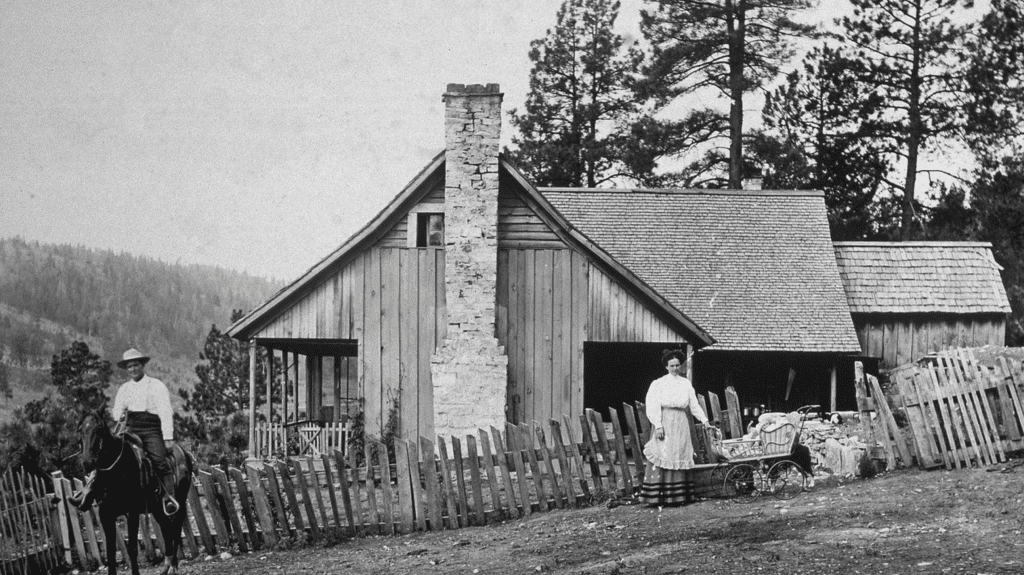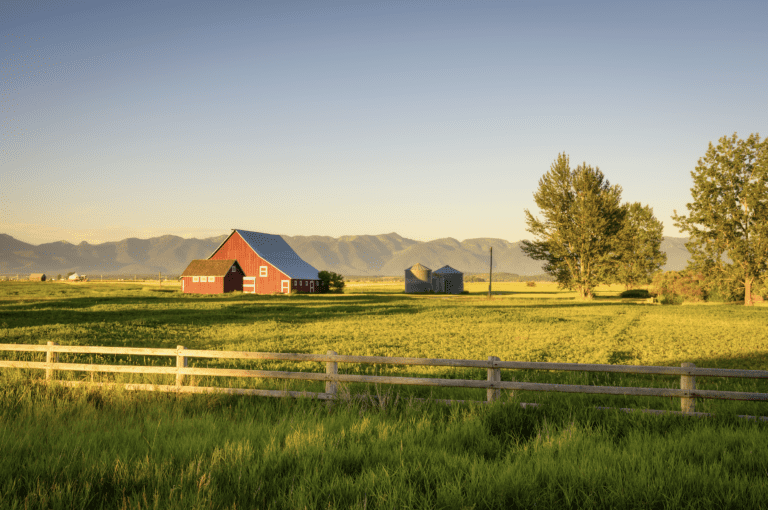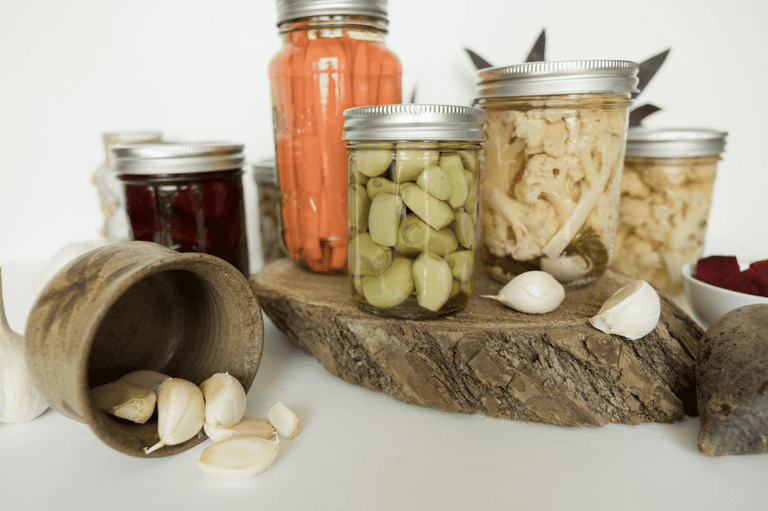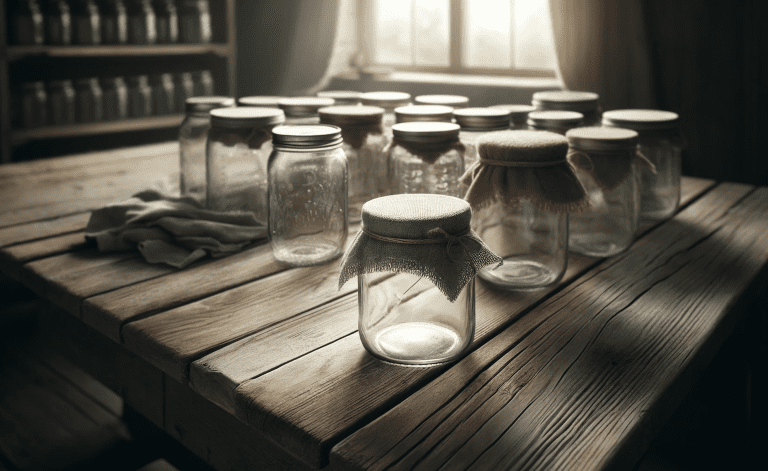Homesteading in the 1800s was a challenging and often perilous way of life in both Canada and the United States. However, there were some differences between the two countries.
In the United States, the Homestead Act of 1862 allowed settlers to claim up to 160 acres of land in the western United States. This was intended to encourage the settlement and development of the western territories. Homesteaders had to live on the land, build a house, and farm the land for at least five years before they could obtain full ownership of the property. Life on the frontier was difficult, with harsh weather, isolation, and danger from wildlife and Native American tribes.
In Canada, homesteading was also encouraged as a means of settling the western provinces. The Dominion Lands Act of 1872 allowed settlers to claim up to 160 acres of land, provided they were over 18 years of age, a British subject or citizen, and could pay a registration fee of $10. Homesteaders were required to build a house, cultivate a portion of the land, and reside on the property for at least six months out of the year for the first three years. However, the climate in Canada was often more severe than in the United States, with colder temperatures and longer winters, making homesteading even more challenging.
Both in the United States and Canada, homesteading was an arduous and often dangerous way of life, requiring a great deal of hard work, perseverance, and self-sufficiency.
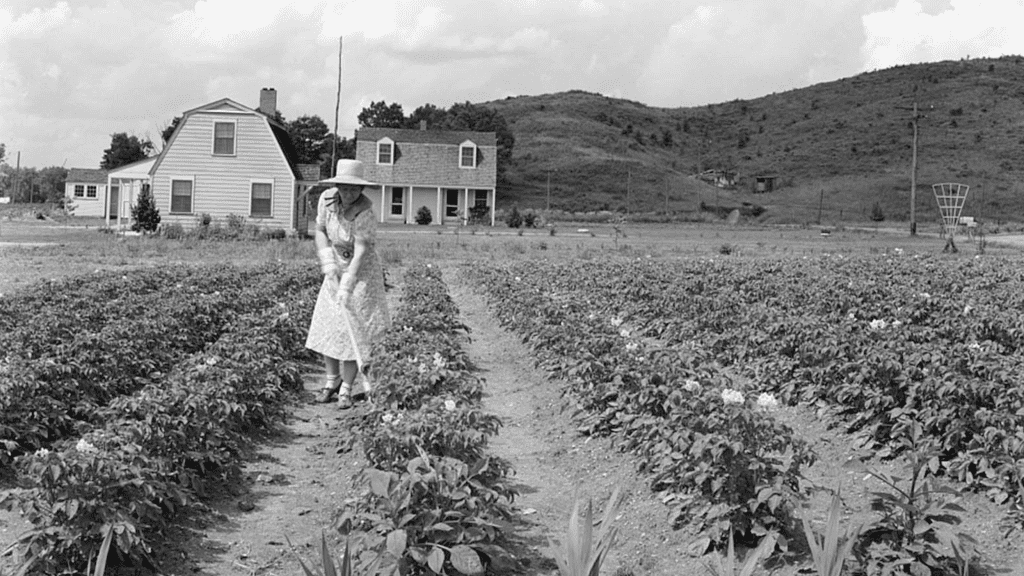
In-Depth Look at Homesteading in Canada During the 1800s?
Homesteading in Canada during the 1800s was a significant part of the country’s history, as it was a means of encouraging settlement and development of the western provinces. The Dominion Lands Act of 1872 allowed settlers to claim up to 160 acres of land, with the requirement of building a house, cultivating a portion of the land, and residing on the property for at least six months out of the year for the first three years.
Homesteading was challenging due to the harsh climate, which included long and cold winters, and limited access to resources. Homesteaders had to be self-sufficient and resourceful, with the ability to grow their food and find ways to survive in the wilderness.
Homesteaders were required to clear the land, often by hand, in order to make it suitable for cultivation. This was a difficult and time-consuming task, and many homesteaders had to rely on their own skills and ingenuity to complete it. They also had to construct their own homes and other structures, which could range from simple one-room cabins to more elaborate buildings made of logs or other materials.
Access to water was also a significant challenge for homesteaders. Many homesteaders dug wells or built cisterns to collect rainwater, but these sources were often limited and unreliable. In some cases, homesteaders had to travel long distances to find a reliable source of water, which could be a difficult and dangerous journey.
Homesteaders also had to contend with the threat of wildlife, including bears, wolves, and cougars, which posed a danger to both crops and livestock. They had to find ways to protect their animals and their crops, often by building fences or using other techniques to deter predators.
Despite these challenges, homesteading was an attractive option for many settlers who were looking for a new life in Canada. Homesteading allowed them to own their land and build a new life for themselves and their families. It also helped to promote settlement and development in the western provinces, which was essential to the growth of Canada as a nation.
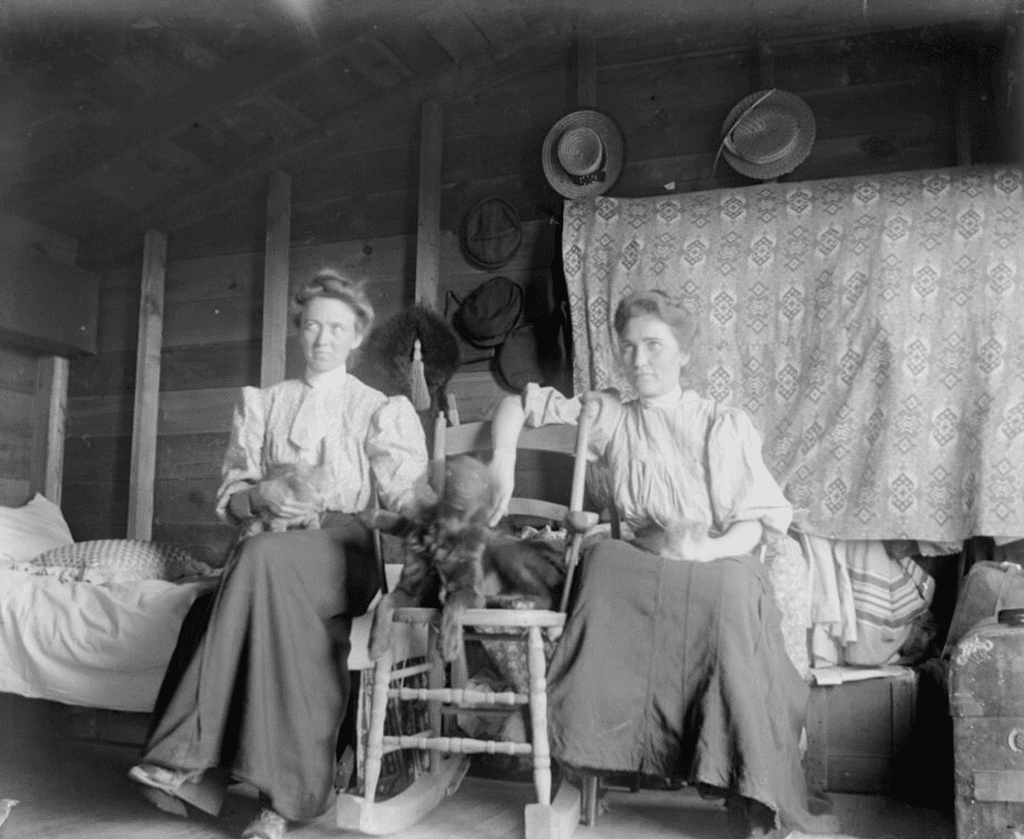
In-Depth Look at Homesteading in the United States During the 1800s?
Homesteading in the United States during the 1800s was a period of land acquisition and settlement that played a critical role in shaping the nation’s identity and economic growth. Homesteading involved the distribution of public land to settlers who would then develop and cultivate it for their own use. The Homestead Act of 1862 was a crucial legislative milestone that provided millions of acres of land to aspiring homesteaders, resulting in an unprecedented westward expansion of the United States.
Homesteading began in the early 1800s when the government began selling public land to private buyers. By the 1830s, the government had made land more accessible to settlers by reducing the minimum purchase size to 40 acres and lowering the price. Despite these efforts, land ownership remained concentrated in the hands of a few wealthy individuals and corporations, leaving many aspiring homesteaders without the means to purchase land.
The Homestead Act of 1862 was introduced to address this issue. The act provided up to 160 acres of public land to any person who was at least 21 years old and who had lived on and improved the land for five years. The only cost to the homesteader was a small filing fee. The act also encouraged the construction of railroads to connect the east coast with the west, making it easier for homesteaders to transport their goods to market.
The Homestead Act of 1862 was a major catalyst for westward expansion, particularly in the Great Plains and Rocky Mountain regions. Homesteaders were drawn to these areas by the promise of free land, the availability of water for irrigation, and the potential for profitable farming. However, homesteading was not without its challenges. The climate and soil in these areas were often unforgiving, and homesteaders had to contend with extreme weather, droughts, and pests. Many homesteaders also faced social isolation and a lack of access to basic amenities such as healthcare and education.
Despite these challenges, homesteading played a critical role in the development of the United States. It brought settlers to previously uninhabited areas, encouraged the development of infrastructure, and helped to create a strong sense of national identity. Homesteading also contributed to the growth of agriculture, which became the backbone of the American economy.
However, homesteading also had negative consequences, particularly for Native American populations. The distribution of public land often involved the forced removal of Native American tribes from their ancestral lands, leading to a loss of cultural identity, displacement, and in some cases, violence.
In conclusion, homesteading in the United States during the 1800s was a complex and multifaceted process that had both positive and negative consequences. It allowed for the settlement of previously uninhabited areas and the development of infrastructure, but it also had significant negative impacts on Native American populations. Today, homesteading remains an important part of American history, and its legacy can still be seen in the country’s landscape, culture, and economy.
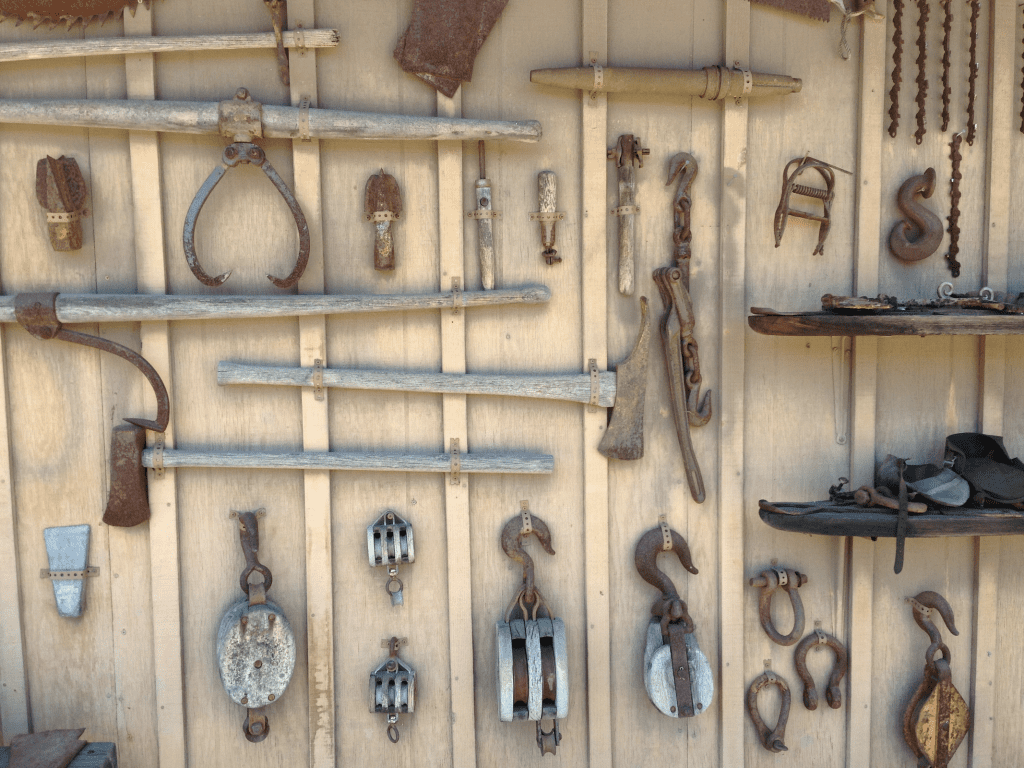
What were the most common tools and equipment for homesteaders in the 1800s?
Homesteaders in the 1800s used a variety of tools and equipment to build and maintain their homes, farms, and land. Here are some of the most common tools and equipment used by homesteaders during that time:
Axe: The axe was one of the most important tools for a homesteader, used for chopping wood to build homes and fences, clearing land for farming, and preparing firewood for cooking and heating.
Saw: Homesteaders used hand saws to cut wood for building homes, barns, and fences. Saws were also used to cut firewood and to trim trees and brush.
Plow: The plow was used to break up soil for planting crops. The earliest plows were wooden, but later versions had metal blades and were pulled by horses or oxen.
Hoe: The hoe was used for weeding and cultivating crops, as well as for digging trenches for irrigation.
Shovel: The shovel was used for digging, moving soil, and clearing debris.
Scythe: Homesteaders used scythes to cut hay and grain for their livestock.
Hammer: Hammers were used to drive nails and fasten boards together when building structures.
Chisels and planes: These tools were used for shaping wood and creating precise joints for building furniture, cabinetry, and other wooden objects.
Wagon: Homesteaders used wagons to transport goods and supplies over long distances.
Sewing machine: Once they had access to them, homesteaders used sewing machines to make clothes and other textiles.
Firearms: Homesteaders relied on firearms for hunting and protection from wild animals and other threats.
These are just a few examples of the many tools and equipment that homesteaders used in the 1800s.
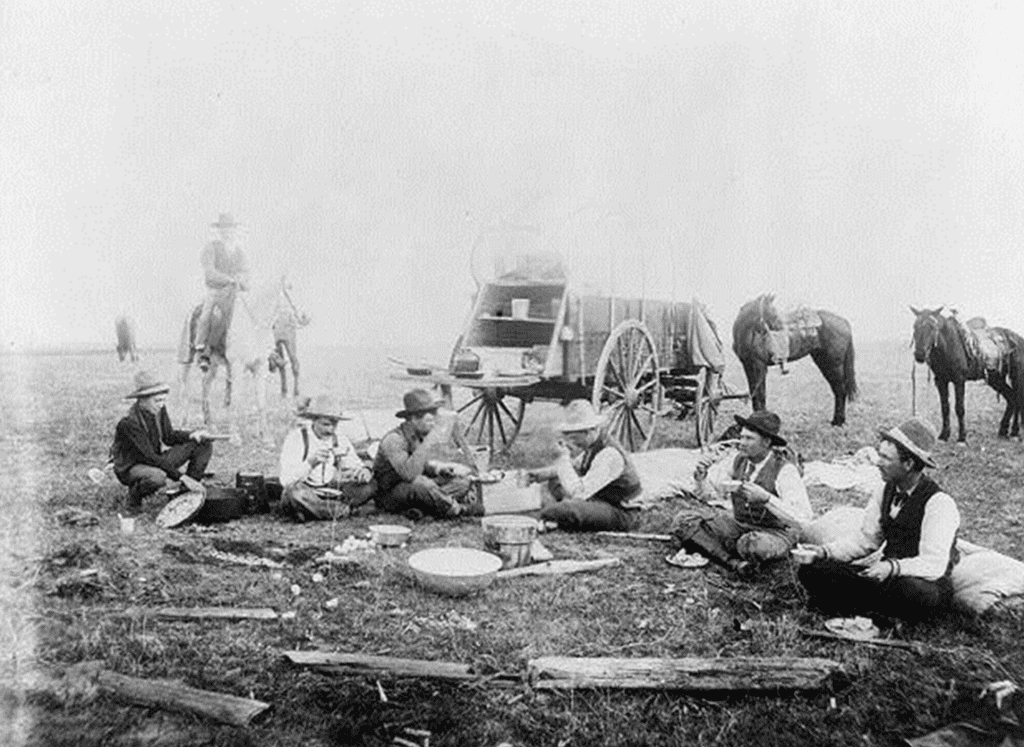
What Did Homesteaders Eat in Canada and the United States During the 1800s?
Homesteaders in Canada and the United States during the 1800s relied heavily on local resources to sustain themselves. Their diets were often limited by the availability of ingredients and the technology to preserve food. Generally, homesteaders consumed a diet rich in carbohydrates and protein with limited access to fruits and vegetables. The following are some of the food groups and items that homesteaders commonly ate during the 1800s in Canada and the United States:
Grains: Homesteaders relied on grains such as wheat, corn, and oats for their staple foods. These grains were used to make bread, porridge, and other baked goods.
Meat: Homesteaders hunted, raised, and butchered animals such as deer, elk, wild turkey, and chickens for their meat. Pork was also a common meat source, as it was easier to raise pigs than other animals.
Dairy: Homesteaders who owned cows or goats could make their own butter, cheese, and milk. These dairy products were a valuable source of protein and fat in their diets.
Vegetables: Homesteaders grew a variety of vegetables, including potatoes, onions, beans, and squash. These vegetables were often preserved through canning or drying for use during the winter months.
Fruits: Fruits were not as readily available to homesteaders as other food groups, but they were occasionally enjoyed when in season. Apples, peaches, plums, and berries were commonly grown in orchards and gardens.
Sweeteners: Sugar and molasses were used sparingly by homesteaders due to their expense. Honey and maple syrup were more commonly used as sweeteners when available.
Beverages: Coffee and tea were highly valued by homesteaders and were often used as trade items. Homemade beer and wine were also occasionally brewed.
It’s important to note that the specific diet of homesteaders varied greatly depending on their location, resources, and cultural background. Some homesteaders relied more heavily on certain food groups than others, and the availability of certain foods varied greatly by region.
Wild Bluebell Homestead is a charming hobby farm located in Abbotsford that offers a range of hand-made artisanal products, curated vintage furniture, sourdough bread, and other homemade items. The homestead is dedicated to creating unique and high-quality products that are beautiful, functional, and long-lasting, plus each item is carefully crafted with attention to detail. Customers can expect a warm and welcoming experience and a range of products that are perfect for adding a touch of rustic charm to any home.

